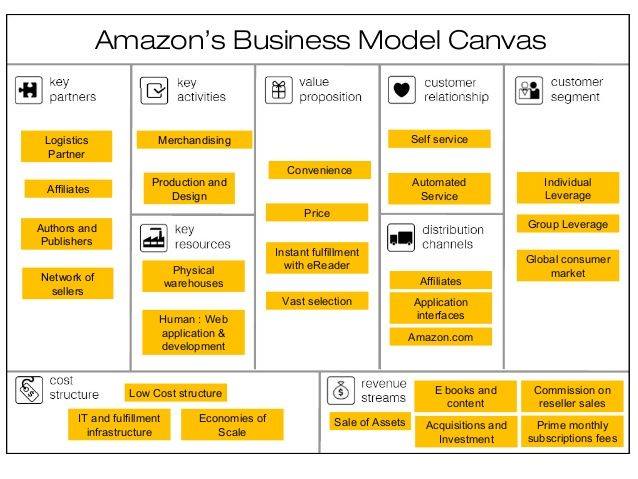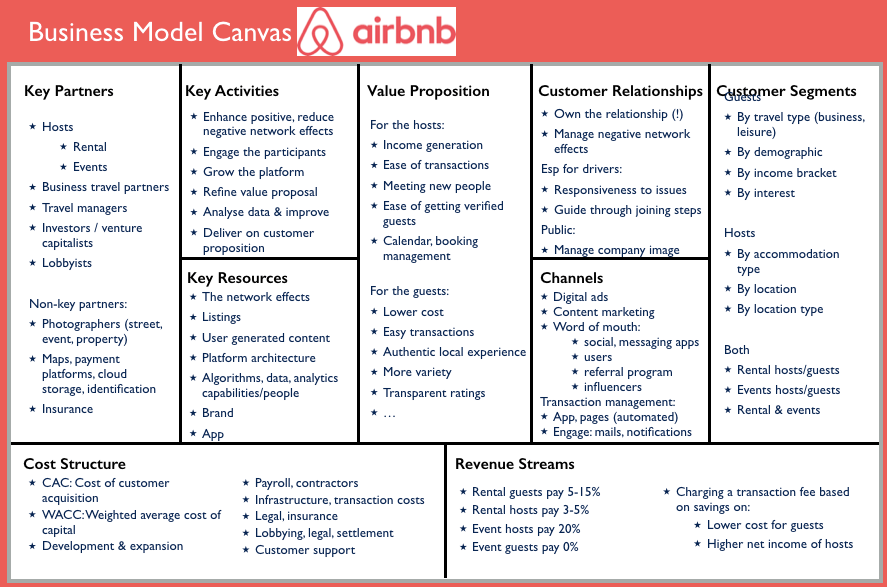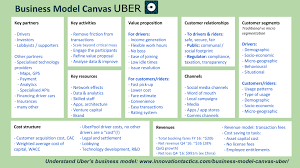Is your business “like Uber/Airbnb/Amazon for….”… really?.
I’m hearing this is one of the most overused cliché saying from start-ups trying to get the interest from investors, but the reason this turns investors off seems to be more related to emotional intelligence than actual intelligence. Many Start-ups get the business model comparison wrong from an investor’s point of view.
If you are reading this and you think you are about to get attacked, that is exactly how the investor usually feels. Please be aware that the business you are comparing yourself to didn’t get where they are by doing things the “same as” someone else, so they are already looking for things wrong with whatever you do.
This happens faster than the investor realises, and they have already formed an opinion of you.
If the leader is having trouble with their kids at home, it sets off a low-grade Amygdala hijack in the leader, and before even realising it, they pre-empt problems with the millennial based on their experience as a parent, not the skills of the individual.
Everyone is a good parent until there is a problem. Every investor is a good investor, until there’s a problem. What’s the problem? It comes down to Esteem on both sides.
I say to Millennials that if you feel like people don’t listen to you because you are young, maybe you should do a parenting course. Not to get an understanding of how to be a parent, you get examples of how children act, so you can self-assess if that is what you are doing too.
Maybe you are getting treated like a child because you are acting like one? IKR! (I Know Right!). Why they don’t do it is because of a “positivity bias”, they just don’t see the feedback as relevant to them. this is not a new thing. There was a sign on the way in my year 12 Economic’s classroom that said “sick of your parents telling you what to do?… Then move out of home… Get a job… and support yourself… while you still know everything!”.
How do you know what you don’t know?
For Millennials it’s like focus on climbing Mt Everest but not what they have to do to get there. Nor the fact that for every 5 people that make it to the top over Everest, 1 dies trying. People that climb Everest know this, but this is not enough to stop them, because they are going to be one of the ones that make it.
That’s a positivity bias. You do get negative feedback;
you just don’t except it as valid to you.
In Business, only 1 out of 25 businesses makes it to the top of Everest. Less than 5% make $1 Million dollars, and on average it takes 5 years, so why do so many try? Because we all think we will all be “the 1”.
There is a big difference between doing what you love, and loving what you do, but the dream of doing both is only achieved by a select few. The difference is, if you focus on the product (what you do), not the process (how you do it), your Why changes to just loving WHAT you do. If you focus on the HOW you do it, you can adapt it, and Darwin was right.
If you can adapt, you can survive, and keep doing what you LOVE
However, just doing what you love is not sustainable if you are only listening to vanity metrics. Although people are naturally better at things when if they do what they love, and have an interest in, investors need to fall in love with what you do. Love is about consistency, so they look at more tangible metrics (pirate metrics) like:
- Acquisition – If you don’t have users, your product will fail
- Activation – time between when a customer discovers your product and when they fall in love with it (too)
- Retention – keeping people around after they sign up or download your app
- Referral – referrals are frictionless. Happy customers are happy to pay more for a product if they know it will be impressive to their friends. In exchange for finding out how much their friends would be willing to pay, you can give them a discounted price. That leads to…
- Revenue – The best way to increase revenue is to get more value from your customers than it costs to acquire them, so your investors are essentially early adopters that will want to be the first of their friends, and big promoters as they feel part of the development.
Many start-ups use a Business Model canvas to explain to investors what they do (their product/services), so why not speak “their” language if you want money from them. Don’t say “you don’t understand”, that’s what kids say; say “maybe I’m not explaining it correctly” … AARRR!
- Acquisition = Key partner metrics
- Activation = Key activities/resources
- Retention = Value proposition
- Referrals = Customer relationship, by channels and segments
- Revenue = Revenue streams – cost structures
By all means, pitch to investors, but don’t forget they have a positivity bias too. It’s just the chances of you being “the one”is 24 to 1 against you, so how many others are pitching to them too.
You don’t just want them to invest in you; you want investors to want to invest in you. That means they’ll let you do what you love because they love what you do too.
You get to have the best of both worlds.
That’s how the power of collaboration. Common interest… and it’s not all about you.
“The needs of the many outweigh the needs of the few… or the one” – Spock
How do you compare? Here are examples found online for the three companies in the title…


